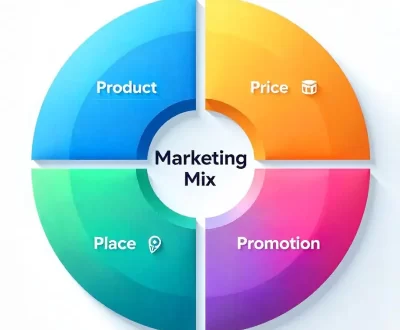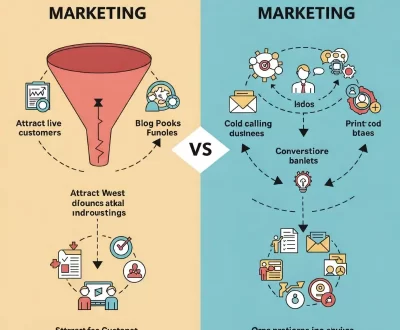In today’s digital world, having a website isn’t enough. If you want to rank higher in search engine results and attract more organic traffic, your website must be SEO-friendly. Search Engine Optimization (SEO) is the key to improving visibility and driving targeted traffic to your site. Here are seven effective ways to make your website SEO-friendly:
1. Optimize for Mobile Responsiveness
With a majority of users accessing websites via mobile devices, search engines like Google prioritize mobile-friendly websites. Ensure your site is responsive, meaning it adapts to different screen sizes seamlessly. Use Google’s Mobile-Friendly Test to check if your site meets mobile optimization standards.
2. Improve Page Loading Speed
Site speed is a crucial ranking factor. Slow-loading websites frustrate users and increase bounce rates, negatively impacting SEO. Improve page speed by:
- Compressing images
- Using a Content Delivery Network (CDN)
- Minifying CSS, JavaScript, and HTML
- Leveraging browser caching
3. Use SEO-Friendly URLs
A well-structured URL enhances user experience and makes it easier for search engines to understand your page content. Keep URLs short, descriptive, and include relevant keywords. Avoid special characters and unnecessary numbers. Example:
Good URL: www.example.com/seo-tips Bad URL: www.example.com/page?id=123
4. Optimize On-Page SEO Elements
On-page SEO includes elements like title tags, meta descriptions, headers, and keywords. Follow these best practices:
- Use unique and compelling title tags (under 60 characters)
- Write descriptive meta descriptions (under 160 characters)
- Use header tags (H1, H2, H3) to structure content
- Naturally integrate keywords into your content
5. Focus on High-Quality Content
Content is king when it comes to SEO. Regularly publish valuable, well-researched, and original content that solves users’ queries. Use relevant keywords naturally, maintain readability, and include engaging multimedia elements like images, infographics, and videos.
6. Implement Internal Linking
Internal linking helps search engines understand the structure of your website and improves user navigation. Link relevant pages within your content to distribute page authority and enhance user engagement. Example:
- If you have a blog post about “SEO Basics,” link to related articles like “Advanced SEO Techniques” or “Keyword Research Strategies.”
7. Build Quality Backlinks
Backlinks (links from other websites to yours) are a strong ranking factor. They indicate your website’s credibility and authority. Gain high-quality backlinks by:
- Guest blogging on reputable websites
- Creating shareable content (infographics, case studies, research)
- Engaging in industry-related forums and discussions
Final Thoughts
By implementing these SEO-friendly strategies, you can improve your website’s search engine ranking, drive more traffic, and enhance user experience. SEO is an ongoing process, so stay updated with the latest trends and continuously optimize your site for better results.
Need professional SEO assistance? Contact us today to boost your website’s visibility and reach!








